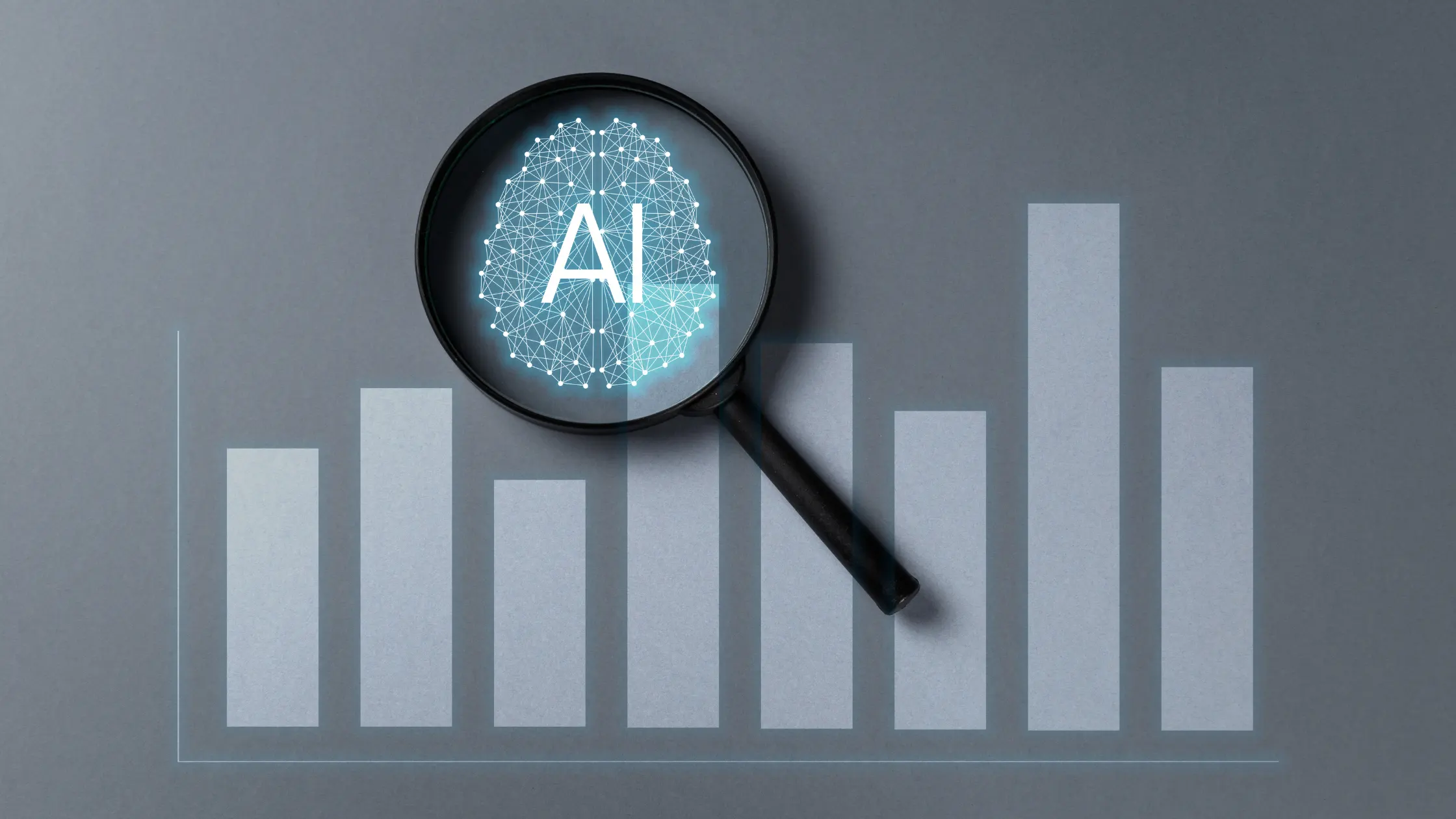Geospatial Analysis using AI
The world is becoming increasingly instrumented, generating a deluge of geospatial data every minute. From high-resolution satellite imagery capturing intricate details of environmental shifts to sensor networks constantly monitoring the pulse of our cities, the sheer volume and complexity of this data present both a challenge and an opportunity. Traditional methods of geospatial analysis, while valuable, often struggle to keep pace with this ever-growing data stream, leaving hidden insights buried within the intricate tapestry of spatial patterns. This is where Artificial Intelligence (AI) steps in, acting as a transformative force that unlocks the true potential of geospatial data.

What is Geospatial Analysis?
Geospatial analysis encompasses a diverse range of techniques used to extract meaning from spatial data. It delves into the relationships, trends, and patterns that exist across geographical locations, providing critical insights that inform decision-making processes in various sectors like environmental monitoring, resource management, and urban planning. By analyzing spatial relationships, geospatial analysis allows us to understand the “where” and “why” behind complex phenomena, empowering us to make informed decisions for a more sustainable future.
The Rise of a Data-Driven Revolution
The emergence of AI has fundamentally reshaped the landscape of data analysis. With its suite of advanced capabilities, including machine learning, deep learning, and neural networks, AI offers a paradigm shift in how we handle massive datasets. These powerful tools excel at automating data processing, identifying subtle patterns, and performing predictive analytics, significantly enhancing the accuracy and utility of geospatial analyses.

Introducing Geospatial AI: A Marriage of Techniques
Geospatial AI represents the exciting convergence of AI technologies with established geospatial analysis methods. This synergy unlocks a new level of analytical power, enabling the automation of complex tasks, the identification of previously unseen patterns, and the extraction of actionable insights from multifaceted datasets. The benefits are far-reaching, encompassing improved accuracy, significant time savings, and the ability to analyze data at scales previously unimaginable.
Applications of Geospatial AI: Transforming Industries
Improved Land Use Management: AI-powered analysis of satellite imagery and sensor data empowers us to understand and interact with the land more effectively. This translates to more accurate identification of land cover changes, improved monitoring of deforestation, and the optimization of agricultural practices through precision agriculture techniques. AI’s predictive capabilities further enhance yield forecasts and resource allocation, fostering a more sustainable and efficient approach to land use.
Revolutionizing Urban Planning: Geospatial AI is transforming urban development by providing unparalleled tools for analyzing traffic patterns, predicting population growth, and optimizing infrastructure projects. AI-powered simulations allow urban planners to explore various development scenarios, helping them choose strategies that mitigate potential issues before they arise. This data-driven approach fosters the creation of more livable, efficient, and sustainable cities.
Enhanced Environmental Monitoring: When it comes to processing vast quantities of remote sensing data, AI excels. Its capabilities offer unparalleled insights into environmental changes, enabling us to track pollution levels, monitor natural disasters like floods and wildfires, and develop proactive environmental management and disaster response strategies. This real-time data empowers us to take preventative measures and minimize the environmental impact of human activities.
Streamlining Resource Management: In the realm of resource management, Geospatial AI offers significant advantages by optimizing resource distribution and transportation. By analyzing spatial data, AI can predict areas of scarcity and ensure efficient allocation of resources across sectors, minimizing waste and improving service delivery. This data-driven approach allows us to manage resources more effectively, ensuring their sustainable use for future generations.
Predictive Analytics for Business: Geospatial AI empowers businesses to unlock new avenues for success. By analyzing customer demographics, optimizing store locations, and predicting market trends based on geographical data, businesses gain valuable insights that inform strategic planning. From optimizing supply chains to enhancing targeted marketing efforts, Geospatial AI empowers businesses to make data-driven decisions that lead to a competitive advantage.
The Future of Geospatial AI
As the field of AI continues to evolve, its integration with geospatial analysis promises even more groundbreaking capabilities. Cutting-edge advancements like Explainable AI, which aims to increase the transparency of AI models, and real-time data analysis are on the horizon. However, alongside these advancements, challenges such as data bias and ethical considerations require careful attention. Nevertheless, the future of Geospatial AI is undeniably bright. It holds the potential to transform industries, create a more sustainable world, and empower us to make data-driven decisions that benefit society as a whole.
Unlocking the Potential: How Geospatial AI Can Transform Your Project
The integration of AI with geospatial analysis is not just about enhancing existing capabilities; it’s about redefining what’s possible. From improving land use and urban planning to revolutionizing how we manage resources and respond to environmental challenges, the power of Geospatial AI is immense. As we look to the future




